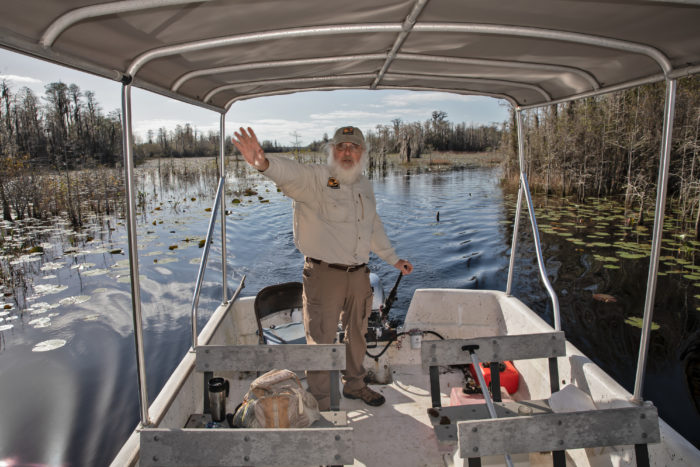SELC to EPA: Protect waterways to better protect communities
Efforts seek protections for wetlands, streams and lakes after Trump administration removal
This week we submitted comments to the Environmental Protection Agency, joined by 90 other organizations, urging the Biden administration to finalize rulemaking to protect critical wetlands, streams, and other waters that millions of people rely on for swimming, fishing, boating, drinking water, and their livelihoods.
In our comments, we ask EPA to clarify protections for public lakes used by industry for cooling—including Lake Keowee, a drinking water reservoir for almost 400,000 people in South Carolina—after the Trump administration removed federal clean water protections from such lakes and made them, and people who rely on them, vulnerable to pollution. The comments also call on EPA to move swiftly to a second rulemaking that provides stronger clean water protections for families and communities across the country in defining “waters of the United States.”
“It’s a common sense step to restore federal clean water protections that have been in place for 50 years to America’s streams, wetlands, lakes, and other waterbodies that are critical to the health of our communities and families,” said Senior Attorney Kelly Moser, leader of SELC’s Clean Water Defense Initiative. “Waters that we all depend on—including drinking water reservoirs, streams that flow into our rivers, and wetlands that protect us from flooding—need stronger protections against the pollution and destruction that the previous administration illegally sought to allow.”
The Trump administration stripped protections under the Clean Water Act from countless streams, lakes, and wetlands, leaving thousands of stream miles, many public recreational lakes, and millions of acres of wetlands without safeguards that have been in place for decades through every other administration and putting communities and water supplies at risk.

The prior administration’s rule removed protections from wetlands such as more than 500 acres of wetlands next to the Okefenokee National Wildlife Refuge in the path of a proposed mine in Georgia and from about 200 acres of wetlands that absorb floodwaters in a flood prone area for a large development near the Savannah National Wildlife Refuge in South Carolina. Wetlands help protect many Southern communities facing increased, more intense rain events and flooding with climate change.
Of the more than 9,399 jurisdictional determinations made since the prior administration’s rule took effect in June 2020, at least 7,064 determinations made streams, wetlands, or other aquatic resources vulnerable to destruction and pollution by industry for development, mining, and discharges. A review of a sample of 563 makes clear that the rule’s effects on the nation’s waters were devastating. Those 563 determinations—less than 6 percent of those issued—resulted in 11,371 acres of wetlands being excluded from the Clean Water Act’s protections, in addition to 3,067,121 linear feet—580 miles—of streams.
These comments are the latest in SELC’s years-long effort to preserve and improve one of our nation’s bedrock environmental laws, the Clean Water Act. As the current administration looks to restore longstanding federal safeguards, we continue to push for the strongest protections possible for our waters throughout the South.
